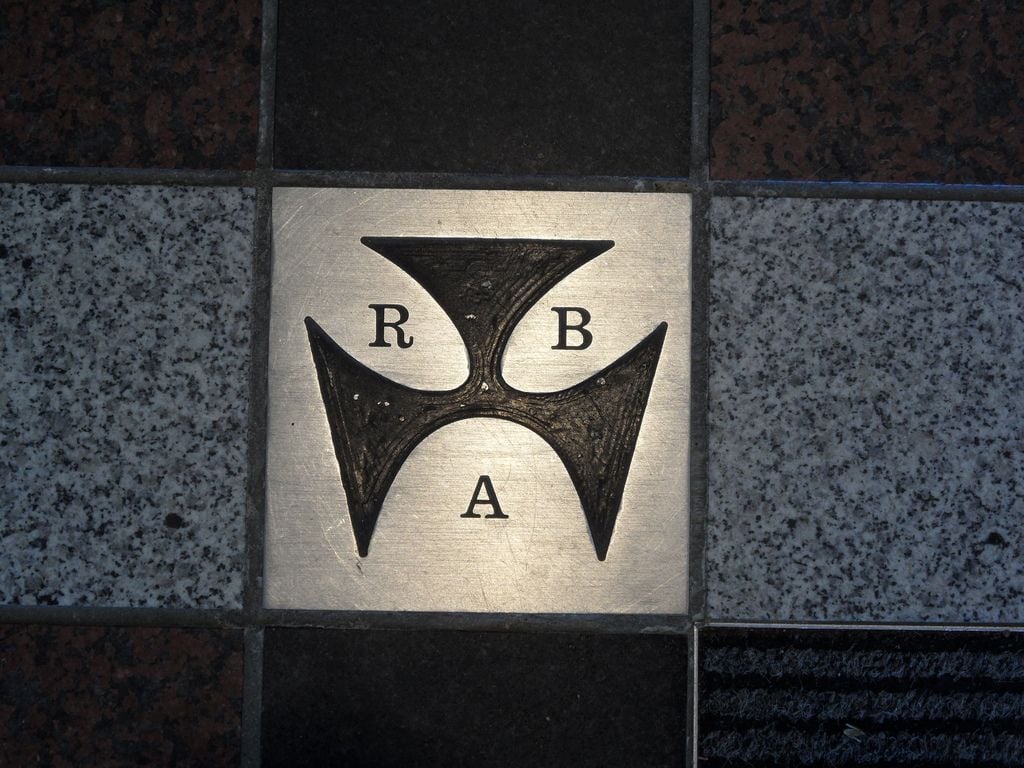Analysts Tip Australian Dollar to Find Support from Solid Domestic Fundamentals
- RBA releases latest economic forecasts for economy
- AUD up on improved investor sentiment
- AUD to benefit from solid domestic fundamentals

Image © ArchivesACT, Reproduced under CC Licensing, Editorial, Non-Commercial
- GBP/AUD spot rate at time of writing: 1.9308
- Bank transfer rates (indicative guide): 1.8632-1.8767
- FX specialist rates (indicative guide): 1.8870-1.9134 >> more information
The Reserve Bank of Australia today warned of a sharp slump of 10% in Australian GDP in the first half of 2020, but foreign exchange strategists say the country is nevertheless well positioned to ride the slump when compared with its peers, and this could ultimately underpin the Australian Dollar for the foreseeable future.
The RBA on Tuesday updated markets with their base-case outlook for the economy, saying they expect an eye-watering fall of 10% in 1st half 2020 GDP and the unemployment rate to rise to around 10%.
At their meeting held on Tuesday, the RBA also left their basic interest rate at 0.25% and their quantitative easing programme unchanged by maintaining their policy to target the yield on 3‑year Australian Commonwealth Government Bonds at 0.25%.
In all, the RBA expect the economy to fall by 6% over 2020 and then to recover by around 6% in 2021.
The unemployment rate is still expected to be above 7% at the end of 2021.
Despite the apparently sobering RBA economic forecasts, the Australian Dollar recovered some of the losses experienced over recent days thanks to improved market conditions on Tuesday which appear to have reignited a bid in the currency:
"Risk markets turned around overnight, with U.S. equities closing up slightly (0.4%) and futures adding to gains (0.7%). There is no particular news behind the moves, which have had the usual knock-on effects in G10 FX, with AUD the top performer," says Adam Cole, Senior FX Strategist at RBC Capital.
The Pound-to-Australian Dollar exchange rate has fallen back to 1.9304 in response to the AUD's increased bid, having been as high as 1.9534 at the start of the week. The Euro-to-Australian Dollar exchange rate is at 1.6882, having been as high as 1.7196. The Australian Dollar-to-U.S. Dollar exchange rate is meanwhile quoted at 0.6461, having been as low as 0.6379 on Monday.
The Australian Dollar's increased purchasing power confirms for now the broader picture remains a more pressing driver of the currency than domestic issues, but some noted foreign exchange analysts are of the view that markets could increasingly focus on the global economic recovery from the coronavirus lockdowns, and on this basis Australia and its currency could be favoured.
"Traditional drivers of currency markets like relative data surprise and interest rates have taken a back-seat in recent months to a new set of metrics like progression on virus containment, economic vulnerability and scale of fiscal stimulus. On this new set of measures, Australia and New Zealand are performing well — helping to explain some of the resilience we have seen in their respective currencies recently," says John Bromhead, FX Strategist at ANZ.
The coronavirus outbreak in Australia proved to be relatively contained, and this has allowed the Federal and State governments to gradually unlock the economy sooner than in Europe and the U.S., which could see Australia's economy outperform near-term.
"Both Australia and New Zealand have had relatively smaller coronavirus outbreaks than other countries and have now started easing lockdown restrictions. But we think Australia will be better positioned for the recovery given its relatively favourable fundamentals, including a stronger external balance, less exposure to net tourism, and better labor market protections," says Michael Cahill, foreign exchange analyst at Goldman Sachs.
Despite the relatively contained coronavirus outbreak, the Australian government introduced one of the more aggressive support packages in the developed world, while the RBA introduced quantitative easing to ensure the yield on Aussie government bonds never exceeds 0.25%.
Importantly, the RBA does not appear to have intervened in the market as much as it could have, suggesting underlying pressures on the financial system are relatively contained.
And for currencies, less quantitative easing relative to peers tends to be supportive.
"The best placed currencies on this metric are those with the smallest QE programmes and the largest external surplus, notably CHF, NOK & SEK, but AUD also warrants a mention as a currency with a surplus and comparatively little QE to contend with," says Daniel P Hui, a currency strategist at JP Morgan.
Another potential supportive factor for the Aussie Dollar is the country's exposure to a recovering China, as increased demand for Australian exports should support the currency.
China's economy leads the global recovery and as China is Australia's most important trading partner, this should ensure a fundamental demand for the Australian Dollar.
"The Australian Dollar should also disproportionately benefit from its greater sensitivity to China demand and, relatedly, its larger exposure to commodity prices as both recover," says Cahill.
While there are some apparent positives in the Aussie Dollar's outlook it must be stressed that for the immediate future it is the currency's attachment to global investor sentiment that will remain key. Therefore, any sizeable dip in global stock markets will likely reflect in a sharply lower Aussie Dollar.
On this front, watch the simmering geopolitical tensions between the U.S. and China over China's role and behaviour in the early stages of the covid-19 pandemic.





